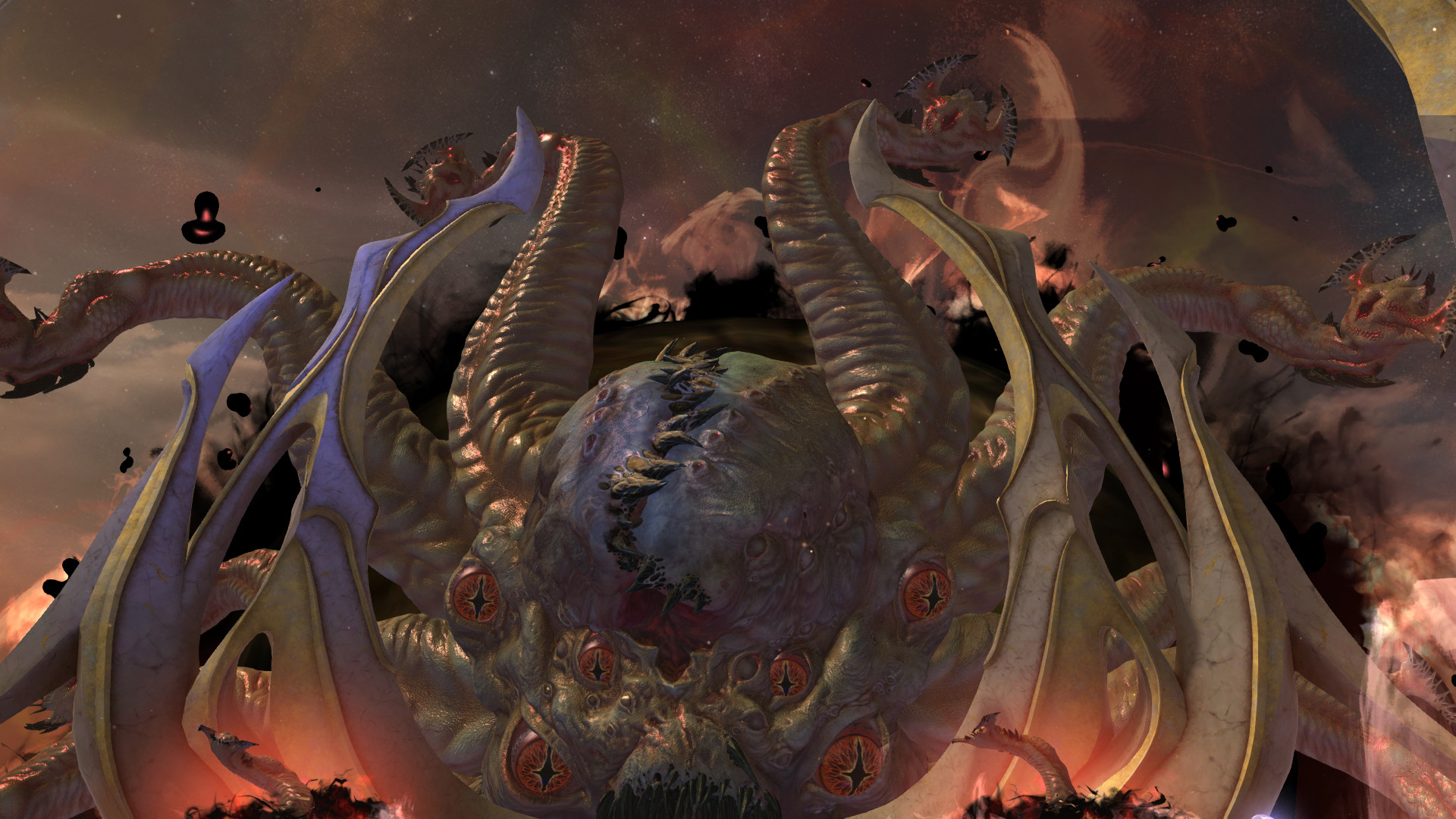'Design shouldn't be different for the sake of it': the philosophy behind ASUS's innovative new Zenbook laptops
We talk to ASUS's chief design officer Mitch Yang about the new devices.
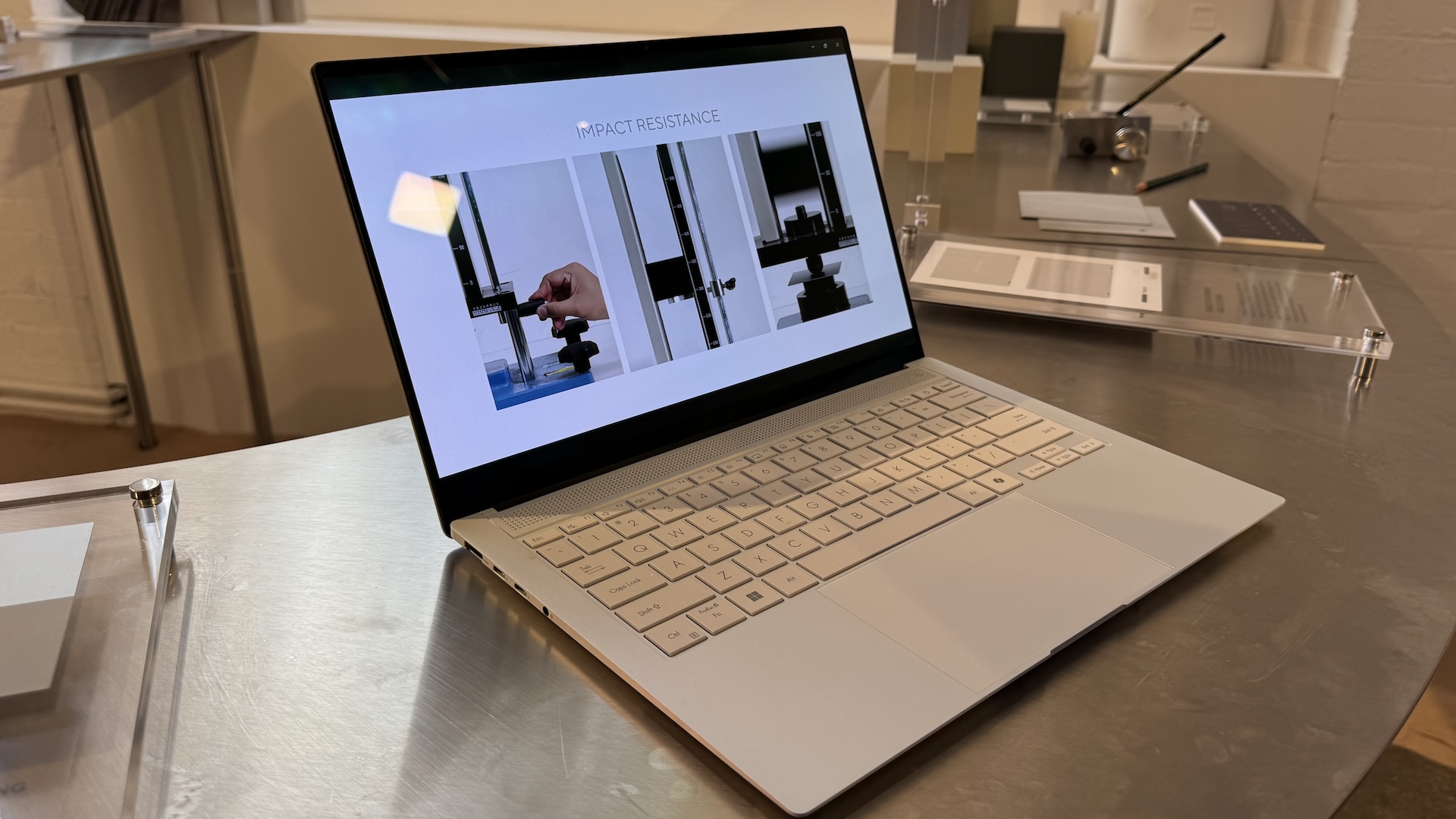
With software dominating the tech world right now, largely thanks to the advent of generative AI, it can feel as though hardware is getting somewhat left behind. Indeed, while innards become ever more powerful, the essential design of the laptop arguably hasn't changed a great deal in decades. So it's refreshing to see ASUS insist on putting product design first when it comes to innovation. (For the lowdown on the latest and greatest from ASUS, check out our Zenbook S 16 review.)
The brand has been touting its 'Ceraluminium' (try saying that after a few pints) laptop material since this summer, calling it a "high-tech ceramicised material that’s revered by the aerospace and luxury watch industries". Featuring no pigmentation, the material offers "unmatched scratch resistance and longevity". But while it's all well and good trying to describe the material and how it's made, the only real way to get to know it is by touching it – which might explain why ASUS chose to call its exhibition at London Design Festival 'Design You Can Feel'.

Celebrating Ceraluminium, the exhibition featured various installations involving the material by six design studios. It also gave visitors a chance to feel the latest ASUS Zenbook series. The premium feel is immediately clear when touching the devices, as is the Ceraluminium's connection to the natural world. There's a 'rawness' to the slate-like material that feels both luxury and high quality, and in a world of glassy rectangles, the matte feel is somehow calming. And it turns out that's quite deliberate.
At the event, we caught up with ASUS's chief design officer Mitch Yang to learn more about the brand's design philosophy, and why he believes minimal, calm design is more important than ever in the tech world.

How would you describe the design philosophy at ASUS?
Internally, we have very simple design philosophy. We use three words: simplicity, method, and meaning. Everything from the colour to the texture has to be meaningful, not just something different for the sake of different.
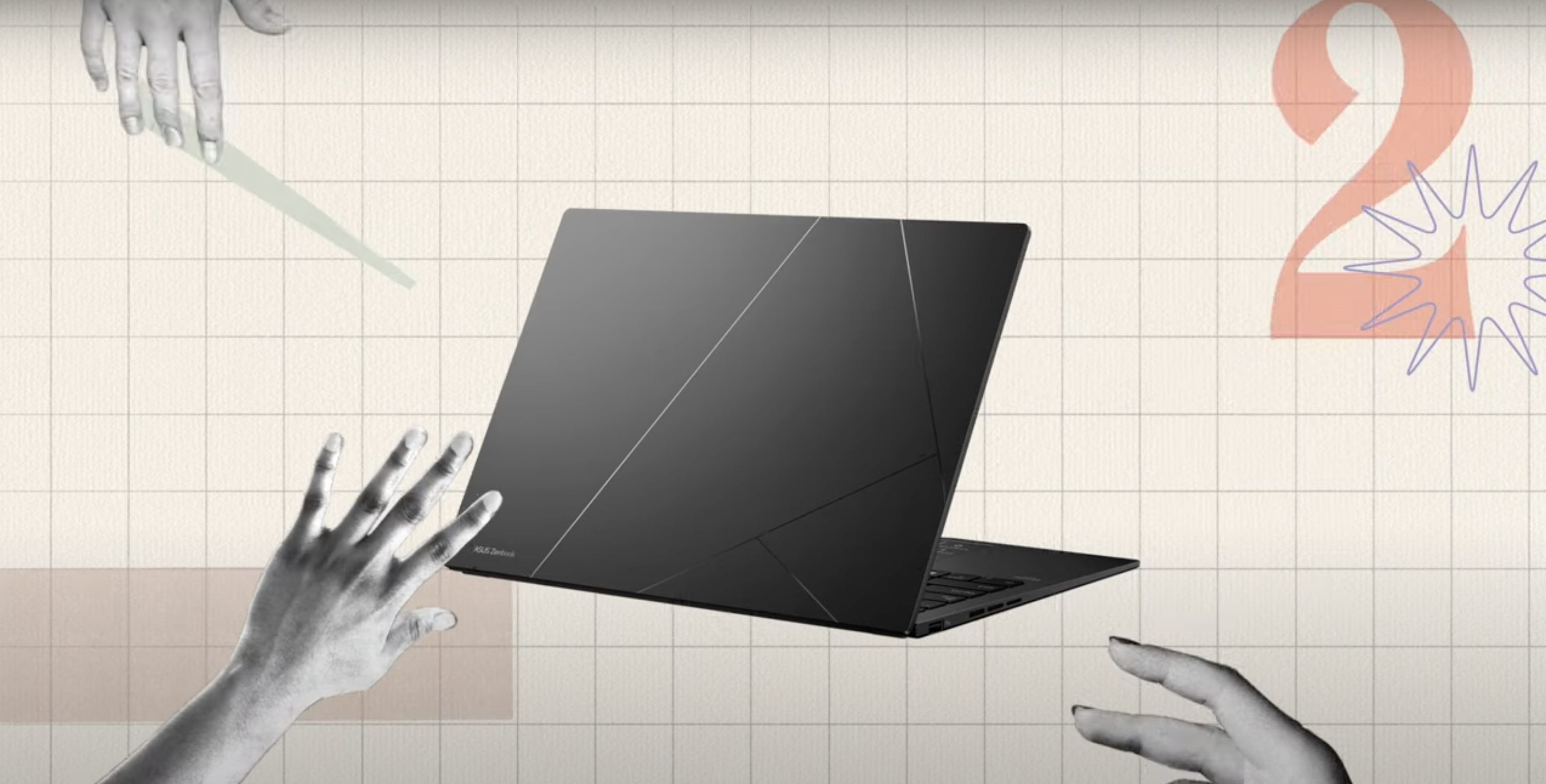
What inspired the design of the new ASUS Zenbook series?
The concept is inspired by nature, and everyday life. For everybody on the team, right up to our chairman, this is an important personal belief – that design should be calm and sensitive. This is where Ceraluminium comes in. As a material, it is designed to have a natural, human texture. Some people say it's hard to design a laptop these days because the format has existed for so long now. But innovation can come from small details – and the material used can have a huge impact on the user experience. And details like materials and texture can tell a story and communicate a design essence as well.
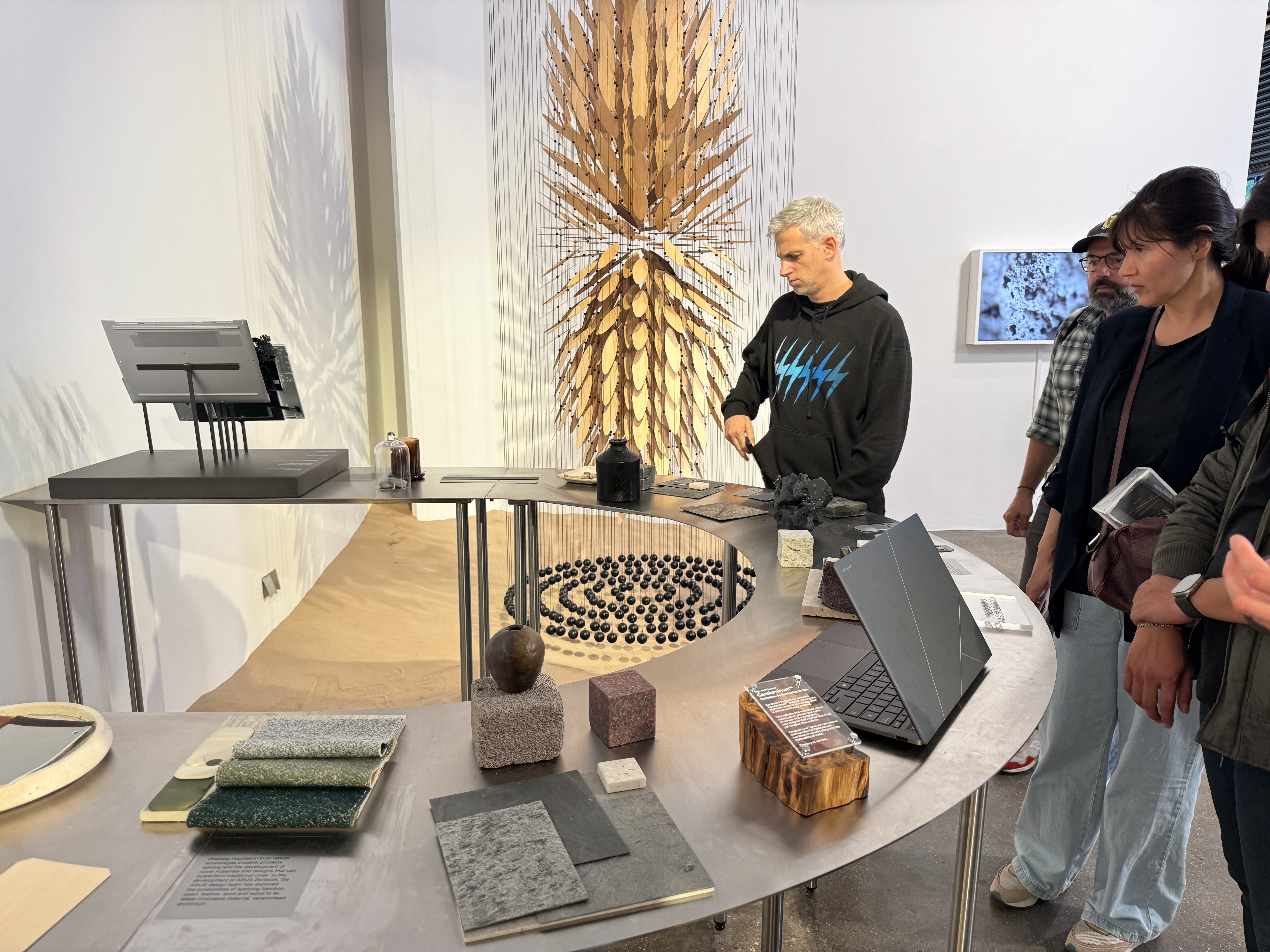
Does this philosophy extend to ASUS's entire product range?
Our line up is of course diversified by user segmentation. We have devices for gaming, and these feature lots of lighting, etc, which you might not immediately describe as 'calm'. But we still try to promote simplicity in everything we create. Because even a gaming laptop won't just be used for gaming – it might be used for productivity and creativity at other times.
The question is, what makes a good notebook laptop? Is it a bigger screen? This is the challenge when it comes to designing a laptop – finding the balance. Screens are getting bigger, but portability is important too. There are some design advancements that can help here, such as smaller bezels. But ultimately, flexibility is one of the most important innovations for us – with the Zenbook Duo, if you want a bigger screen, you can open it, take the keyboard off, and enjoy a bigger screen.
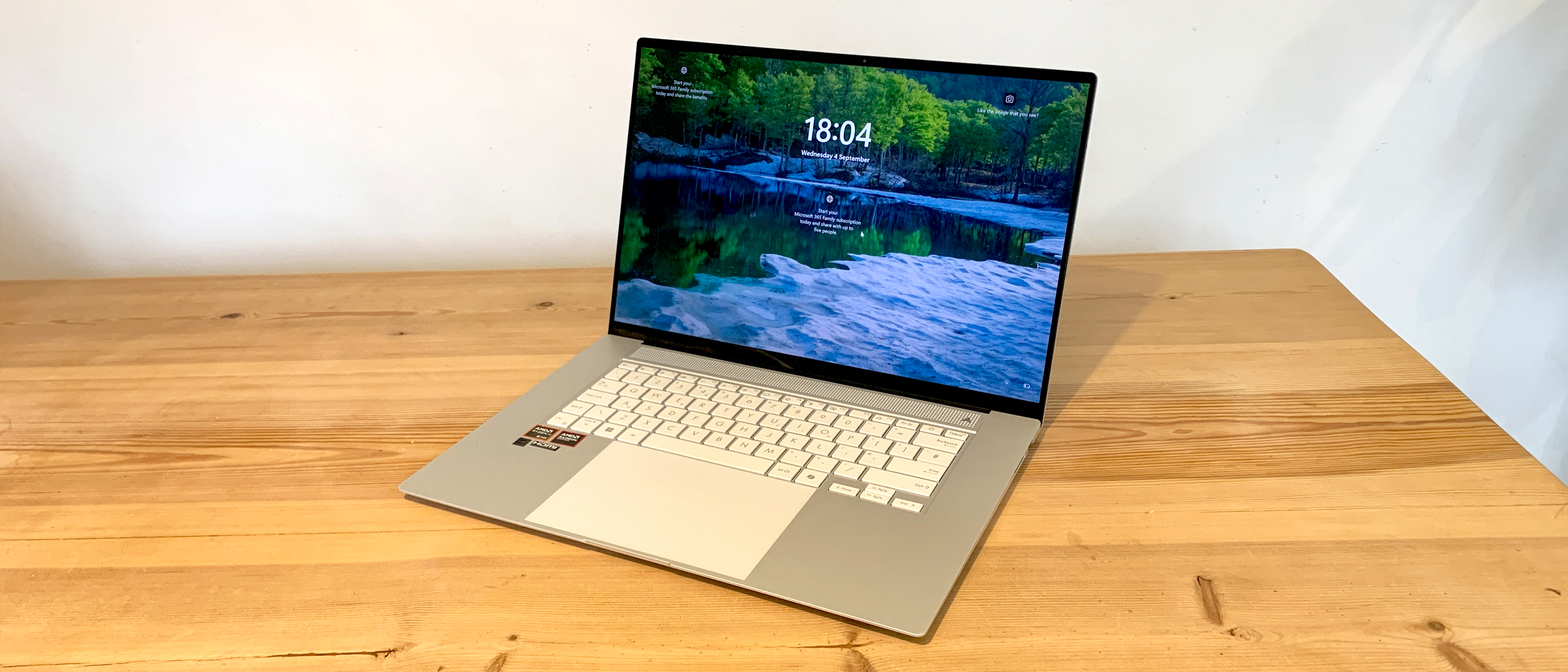
How do you think laptops are going to change over the next 10 years?
AI has become very popular in these last two years, which offers different usage in productivity and creative content generation. In terms of design, I think new products will emerge and adapt to this new technology. We've seen some less successful examples, like the Rabbit R1. But I think as new usability emerges, so will new designs. Because AI now can speak, can hear and also can see. Maybe one day it will be able to feel too. At the very least, I think the user interface of PCs is going to change a lot in response to this.
Get the Creative Bloq Newsletter
Daily design news, reviews, how-tos and more, as picked by the editors.

Thank you for reading 5 articles this month* Join now for unlimited access
Enjoy your first month for just £1 / $1 / €1
*Read 5 free articles per month without a subscription

Join now for unlimited access
Try first month for just £1 / $1 / €1

Daniel John is Design Editor at Creative Bloq. He reports on the worlds of design, branding and lifestyle tech, and has covered several industry events including Milan Design Week, OFFF Barcelona and Adobe Max in Los Angeles. He has interviewed leaders and designers at brands including Apple, Microsoft and Adobe. Daniel's debut book of short stories and poems was published in 2018, and his comedy newsletter is a Substack Bestseller.
